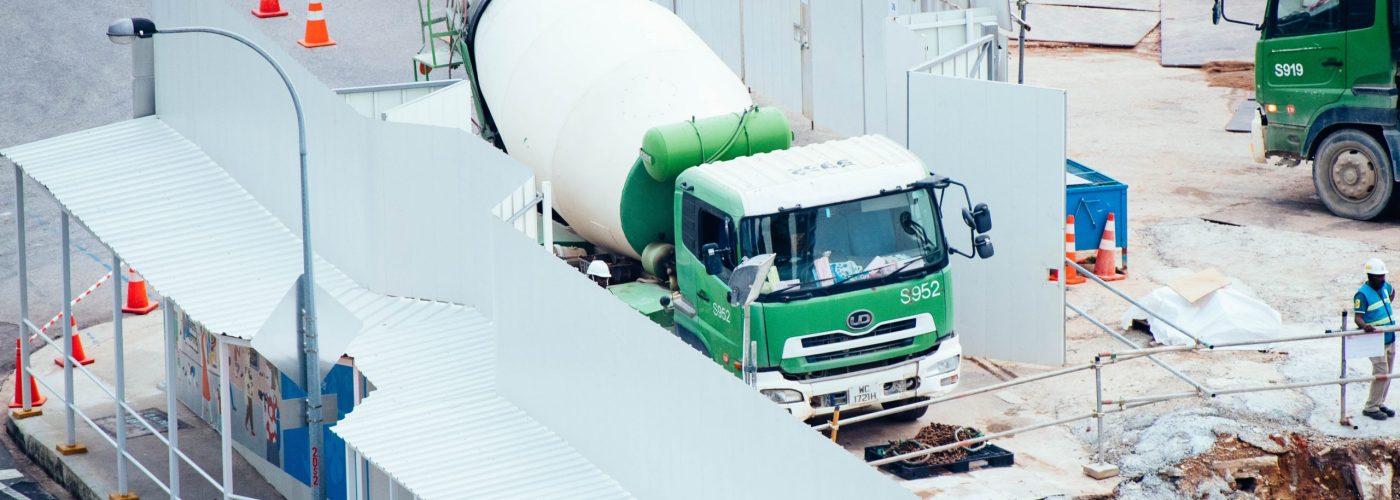If you’re taking your DIY game to the next level and have your sights set on cementing the base for your own shed, read these tips before you start.
Once you know how to pour concrete, you’ll find that you can quickly increase the value of your home, should you wish to sell. Or simply improve your curb appeal. Who wouldn’t prefer a sleek new driveway vs an old cracked weed infested entrance?
The Risks Involved
With substantially more risks involved with cement pouring vs your average DIY project, there are even more if you decided to do this in winter. Be aware of these hazards before you decide if laying a cement foundation is something you want to do. Let’s look at the potential risks involved:
– Slips and falls
– Eye irritation
– Breathing difficulty
– Chemical burns
– Severe skin dryness
– Improper lifting Injuries
Most of these risks are easily managed with the right safety gear and basic awareness.
Slips Trips and Falls
The most common hazard in everyday life. But concrete takes it a step further. Now it is your responsibility to create a surface that is safe to walk on. Finishing the concrete slab with a too smooth surface is very dangerous particularly if outside and could get wet. A smooth wet surface is just asking for slips and falls.
You can easily achieve a safe surface texture with a broom. Use a contractor’s broom to achieve consistent lines by using overlapping parallel strokes. You can determine the smooth-rough texture by wetting the broom during this process.
Wear appropriate concrete boots when pouring cement. If you’ll be standing in wet concrete, wear long rubber boots and be sure to have a safety toe for foot protection. The most suitable footwear is easy to clean and has a non slip outsole.
Eye Irritation & Breathing Difficulty
Dry concrete is a light powder that can get into eyes, nose or mouth of anyone nearby. This powdery mixture can cause respiratory irritation. It can even lead to infection or illness.
Wear suitable HEPA-filter respirator protective equipment as specified by OSHA standards and minimize dust as much as possible. If you can avoid sanding or cutting cement then don’t do it and avoid the dust it creates.
Are you working on a larger area surface? It might be sensible to have a cement company mix the concrete off site and deliver it in a cement mixing truck.
Chemical Burns & Severe Skin Dryness
Wet cement is dangerous. If you experience direct contact with it, severe skin reactions can be expected. Some reactions can include chemical burns, dermatitis, blistering amongst other unwanted and painful side effects.
Your skin is damaged not only by the chemicals but by the intense moisture extraction that leaves your skin damaged and vulnerable. “So just use a bit of moisturising lotion” you might think? Lotion is no match for this type of damage. There have been cases where cement contact has caused amputations. Rather safe than sorry and protect yourself.
When working with wet cement, cover as much of your skin as possible with tall boots, long pants tucked into your waterproof boots, long shirts, jackets or overalls, alkali-resistant gloves and goggles to protect your eyes. You will also have access to an emergency washing area should you come into skin contact with wet cement.
OSHA reports that cement workers suffer 4x more work absence days vs construction workers.
Improper lifting Injuries
This is a constant risk from gardening to office workers to the construction site, but cement workers suffer the most again, with these types of injuries. Cement bags are heavy even if they are “only powder”. Make sure to lift bags with a friend and use your legs.
After lifting with your back, one of the most common issues is twisting whilst carrying heavy items. Ideally you would use a forklift on anything over 50 lbs. Another option is to roll a heavy item or half the load. Divide and conquer by simply 1) buying smaller concrete bags or 2) scooping it safely into a seperate container and make 2 or more trips to the oversized bag.
You can review safe lfting techniques on the OSHA website here.
Conclusion
I hope you are more prepared when approaching your new DIY task and can plan accordingly. Take a few basic precautions as discussed and you are good to go. There is no better feeling than coming home every day and admiring that new driveway you constructed. Enjoy your new project and above all be safe out there!
If you have questions, leave them below!
Author Bio
Maya Fleischer is an enthusiastic DIY-er, writer and editor at TheFootFacts. She has a passion for researching & building projects in a new (possibly improved!) method and enjoys sharing useful safety ideas she’s gathered on her journey.





